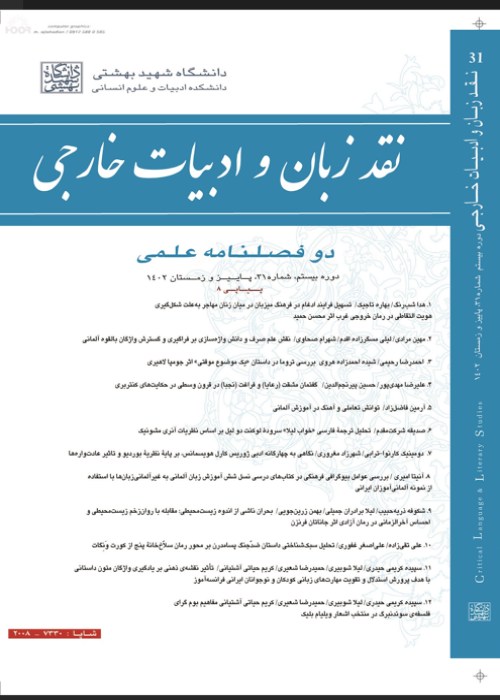The Correspondence of the Strategies of Affective Impressionism with the Principles of Affective Realism in the Wessex’s Narrative Discourse
As the investigation of the Wessex’s paratextual material reveals, Hardy’s insightful conviction on the primacy of emotional reasoning over logical cognition in the mind’s nexus informs his predetermined intentionality in assigning the impressionistic elicitation of affective responsiveness as the ultimate mission of his literary compositions. Accordingly, the Wessex novelist develops a sophisticated fabric of interconnected narrative strategies to effectively evoke and enlist the subject readers’ empathetic identification with the desolately suffering protagonists. Since humankind is condemned to the inflictions of a sinisterly indifferent universe in Hardy’s fixated philosophy, the affective investments of his impressionistic narratives purportedly aim at the altruistic propagation of empathetic compassion to rectify moral degeneration. However, it is critical to reconsider the functional basis of the Wessex’s methodical dominion on emotional susceptibilities in the scope of contemporary research in affective narratology since the instrumental capitalization on affective realism harbors grave capacity for engraving the intended versions of perceived reality. Background of the Study: The recent investigations carried out in the multidisciplinary scope of neuroscience attest to the pre-eminence of emotional susceptibilities over reasoning faculty in the mind network revolutionizing the conventional theories on the cognitive function in the reality perception process. The revitalized focus on the overarching emotional orientation of the mind’s cognitive performance extends to literature in the sub-domain of affective narratology and informs the analytical research on its function and impact in narratives by such renowned scholars as Suzanna Keen. In Empathy and the Novel, Keen discusses the stylistic features and strategic techniques that elicit empathetic responsiveness in the narrative discourses leading to the subject readers’ affective identification with the represented fictional characters or situations.
“Narrative Empathy Theory” and “ Introduction:
Narratives and Emotions” incorporate Keen’s evaluation of the role of discursive elements such as characterization style and narrator’s function in the empathetic enlistment process and provide innovative concepts in the categorization of the various strategies of empathetic evocation in the narrative discourses that perform as “ideoartistic battlefields”.
The theoretical framework and the discourse analysis procedures in affective narratology are informed by the current research in the interconnected branches of knowledge. The remarkable investigations of such prominent scholars as Suzanna Keen in affective narratology challenge the long-established emotion-reason binary by emphasizing the determining primacy of emotional susceptibility in the reciprocal interaction of the mind nexus’s cognitive and affective faculties in forming the interpretation gestalts of literary narrative discourses. Investigating the process of the Wessex’s affective impressionism through the analytical discursive reassessments in light of the latest neuro-scientific theories is crucial in uncovering the functional bases of Hardy’s methodical efficiency in the strategic capitalization on the audience’s empathetic identification.
The saturated impressionism of the Wessex narratives is significantly enforced by the remarkable correspondence of the interconnected discursive strategies with the latest findings on the primary role of the mind’s affective faculty in shaping perceptions of reality. The stylistic assessment of Hardy’s narrative techniques to capitalize on empathetic identification indicates the substantial correspondence of his realistic representations with the principles of affective realism in present-day theories. The compelling urge on the subject readers’ affective susceptibilities is emphatically enforced through the discursive applications of the parallelism between the mind’s inner emotional valences with the projections of the outer world, their reciprocal interdependency in the forming the gestalt of a perceived cognitive reality and the consequent conception of the intentionality of an outer sentiency. However, the Wessex’s overwhelming investment in affective impressionism alarmingly facilitates the channeling of the dark ideological propositions of a sinister philosophy through the self-prophesizing transfigurations of reality that can act as deterministic forces in fashioning the individuals’ reciprocal interactions with the socio-cultural context.
- حق عضویت دریافتی صرف حمایت از نشریات عضو و نگهداری، تکمیل و توسعه مگیران میشود.
- پرداخت حق اشتراک و دانلود مقالات اجازه بازنشر آن در سایر رسانههای چاپی و دیجیتال را به کاربر نمیدهد.


